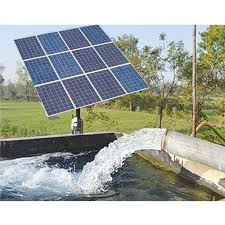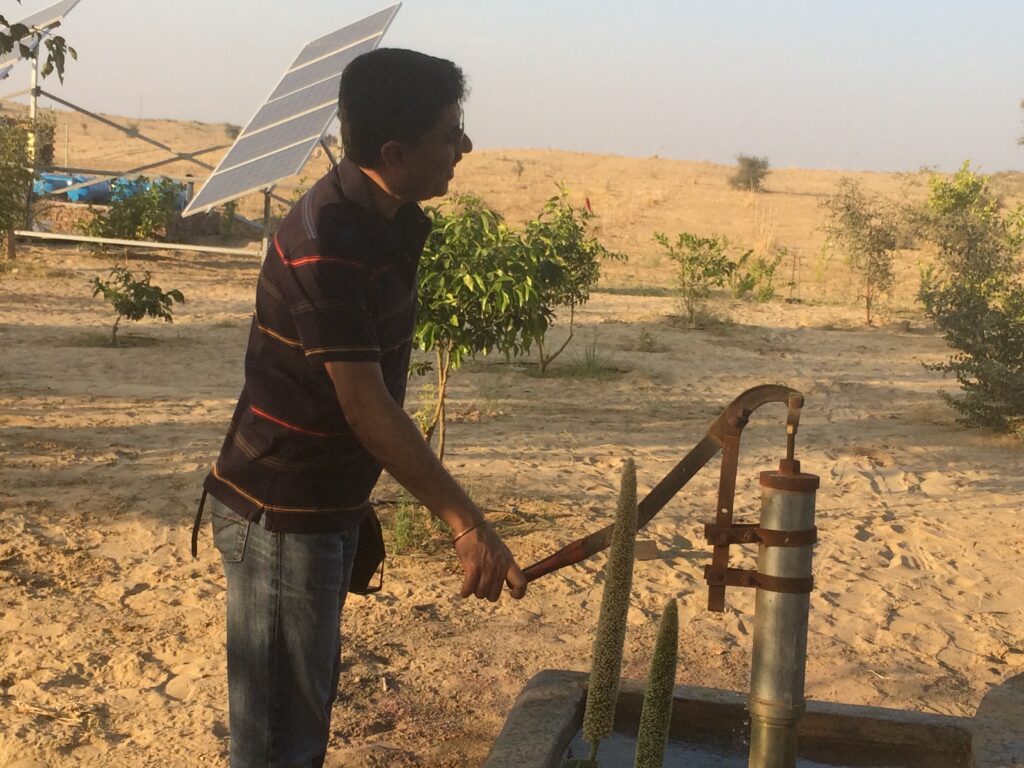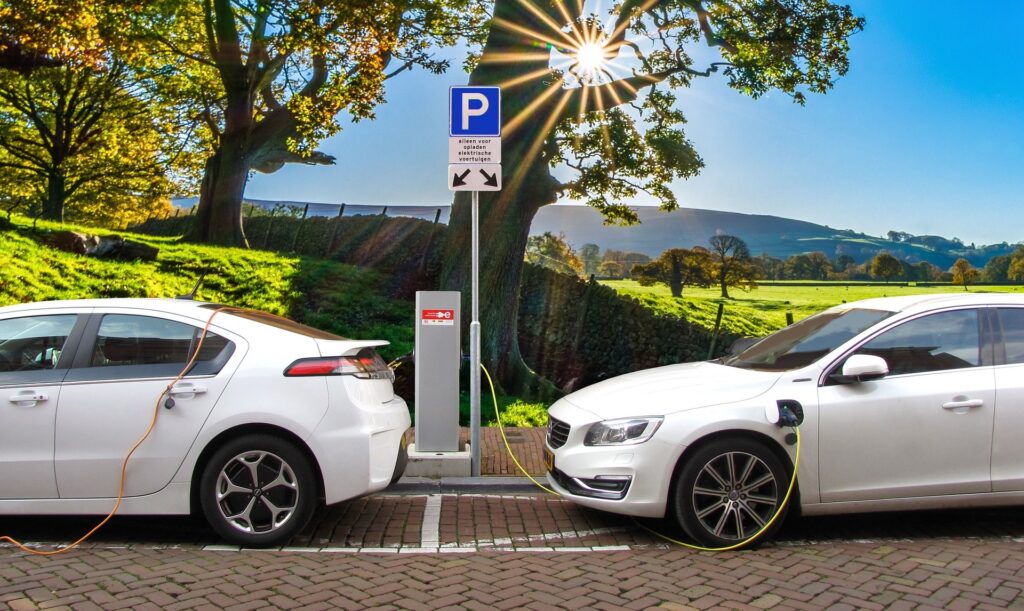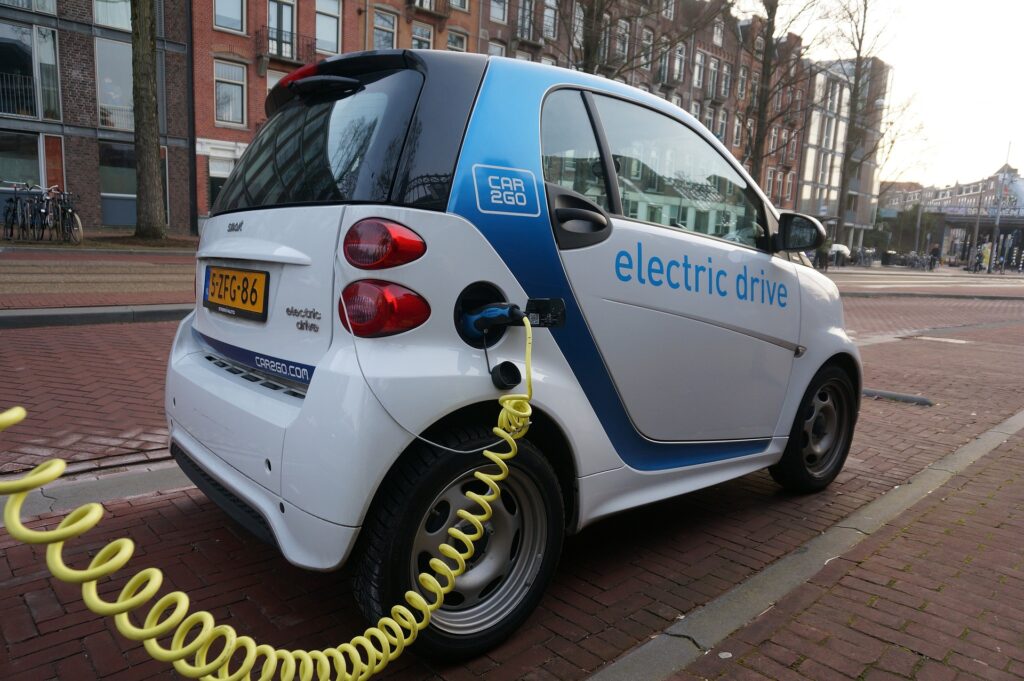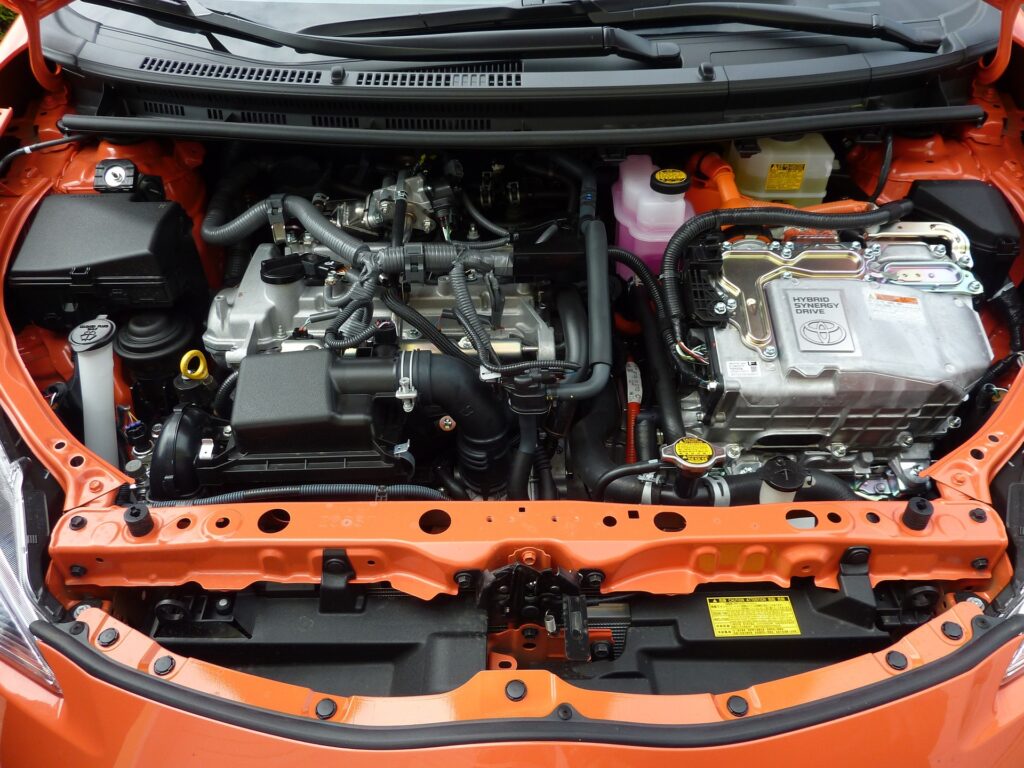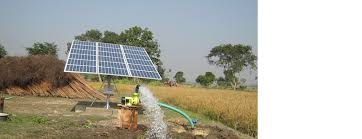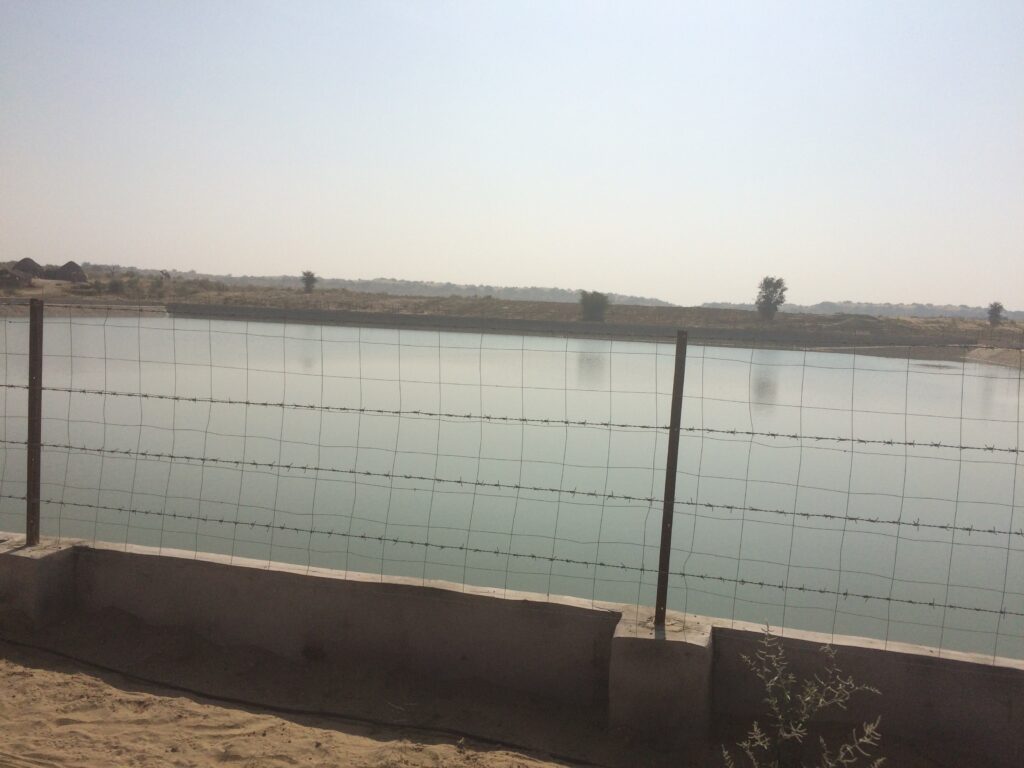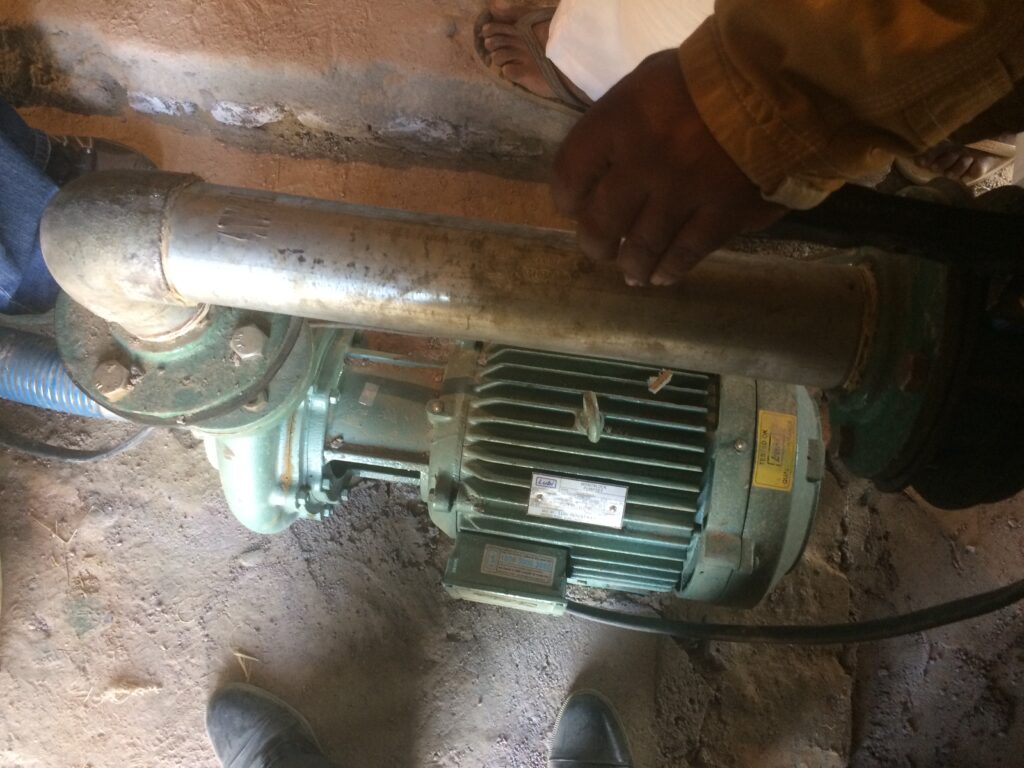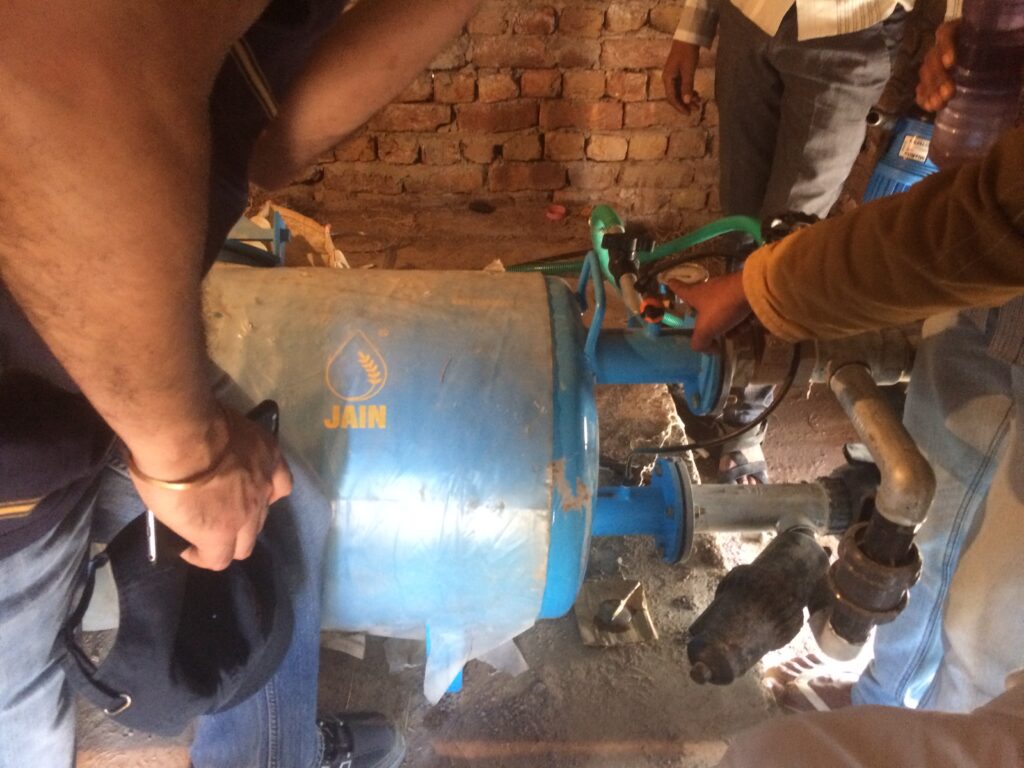
Capt. Rajeshwar Singh
Solar Power in Agriculture:
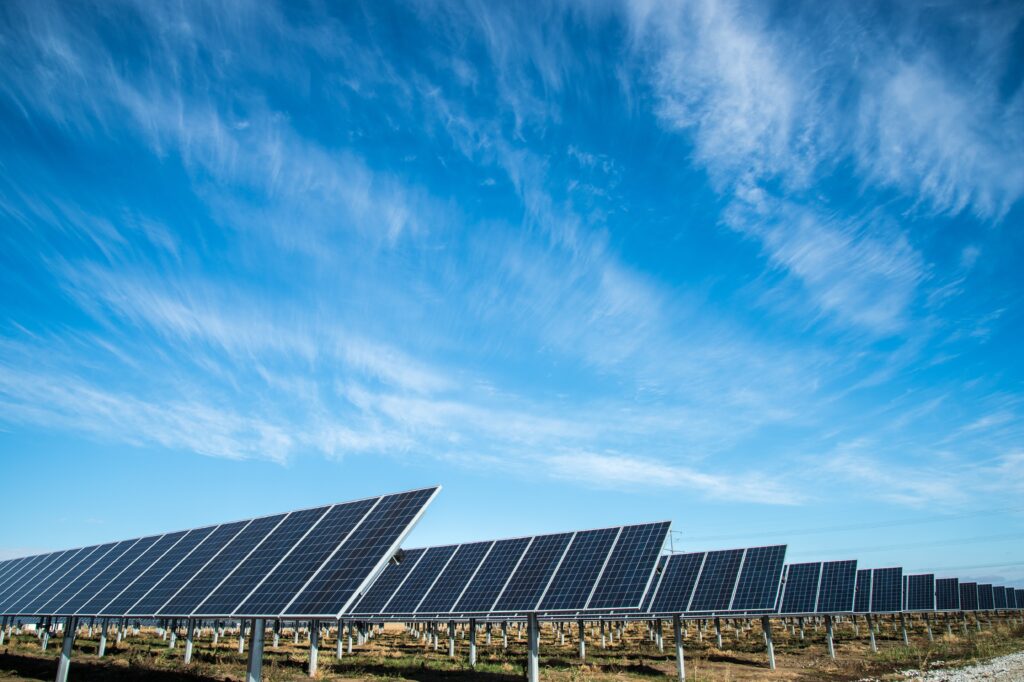
- Energy Generation: Solar power harnesses sunlight to generate electricity through photovoltaic (PV) panels or thermal systems. It offers a renewable and sustainable energy source for various agricultural applications.
- Cost Efficiency: Once the initial installation costs are covered, solar power can significantly reduce energy expenses in the long term. Farmers can save money on electricity bills by generating their own power and potentially even selling excess energy back to the grid.
- Versatility: Solar power can be utilized in diverse agricultural activities, such as powering irrigation systems, livestock water pumps, lighting, and ventilation in barns, and operating machinery and equipment.
- Environmental Impact: Solar energy is clean and produces no direct emissions or pollution during operation. It helps reduce reliance on fossil fuels, contributing to lower greenhouse gas emissions and mitigating climate change.
- Reliability: Solar panels have a long lifespan and require minimal maintenance. They can function in remote locations with adequate sunlight, providing a reliable energy source for off-grid agricultural operations.
Wind Power in Agriculture:
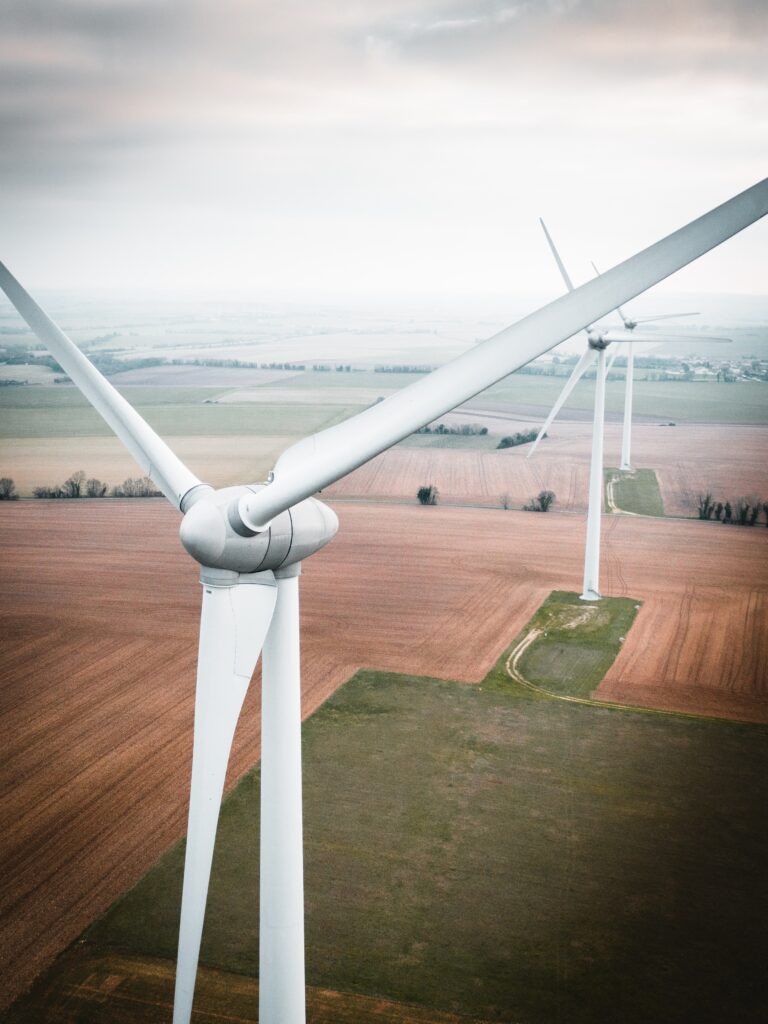
- Energy Generation: Wind turbines convert wind energy into electricity, offering a renewable power source for agricultural activities.
- Abundant Resource: Wind energy is generally available in many regions and can be harnessed to generate electricity on a significant scale, making it suitable for large-scale agricultural operations.
- Cost and Efficiency: Initial investment costs for wind turbines can be higher compared to solar installations. However, wind power can be cost-effective in areas with consistent and strong winds, as it provides higher energy output per unit compared to solar panels.
- Land Requirements: Wind turbines typically require more land area compared to solar installations, which can be a constraint for farmers with limited space. However, agricultural land can be used for both wind power generation and farming simultaneously.
- Environmental Impact: Wind power is a clean energy source and emits no pollutants or greenhouse gases during operation. It contributes to reducing carbon emissions and helps combat climate change.
Electricity Use in Agriculture:
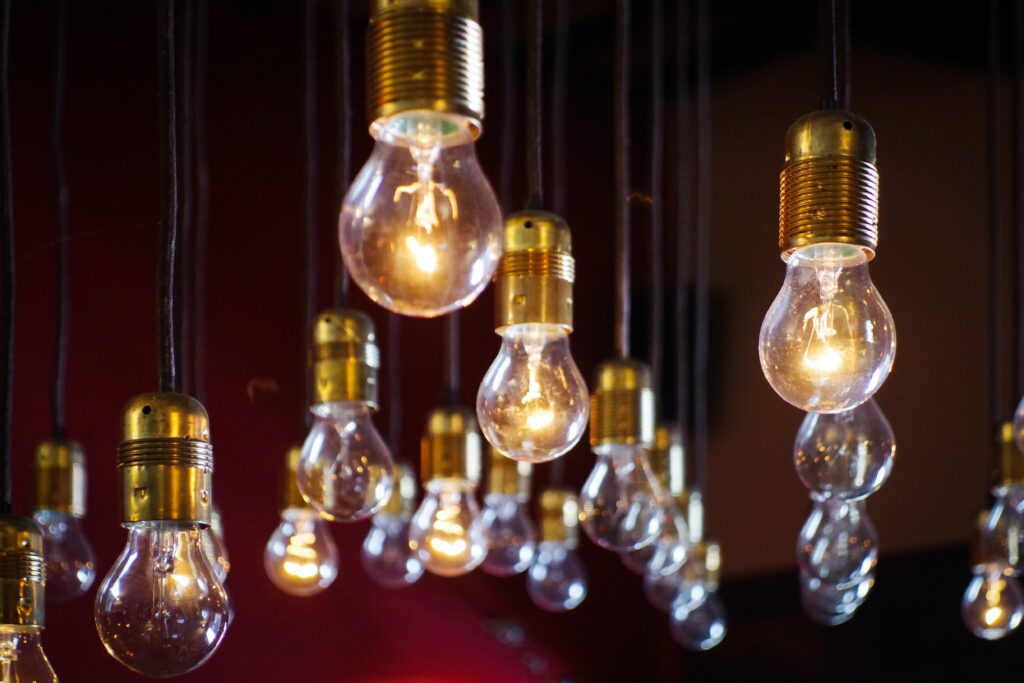
- Energy Demand: Agriculture relies on electricity for various purposes, including powering machinery and equipment, operating irrigation systems, lighting, refrigeration, and heating or cooling systems in agricultural buildings.
- Grid Dependence: Electricity in agriculture is often sourced from the power grid, which can be reliable in areas with good infrastructure. However, dependence on the grid can lead to vulnerability during power outages or high electricity costs.
- Energy Efficiency: The efficiency of electricity use depends on the equipment and technologies employed in agricultural practices. Energy-efficient machinery and appliances can help reduce overall energy consumption and associated costs.
- Customization: Electricity offers flexibility in terms of power supply, as farmers can choose the required voltage and wattage suitable for their specific needs. It allows for customization and adaptation to different farming operations.
- Environmental Impact: The environmental impact of electricity in agriculture depends on the source of electricity generation. If the power grid relies heavily on fossil fuels, it can contribute to greenhouse gas emissions and air pollution. Transitioning to renewable energy sources can mitigate these environmental concerns.
Overall, solar and wind power provide renewable alternatives to conventional electricity use in agriculture. They offer cost savings, reduced environmental impact, and independence from the power grid. However, the choice between solar, wind, or conventional electricity ultimately depends on factors such as location, available resources, energy demands, and financial considerations.

